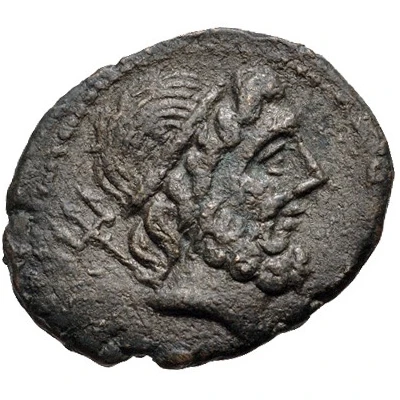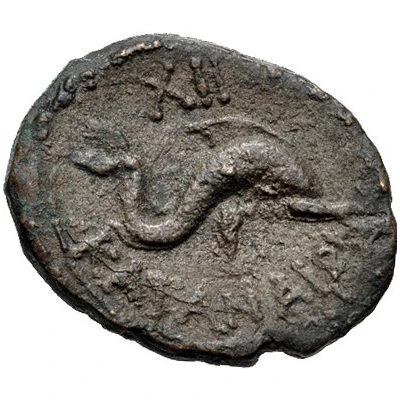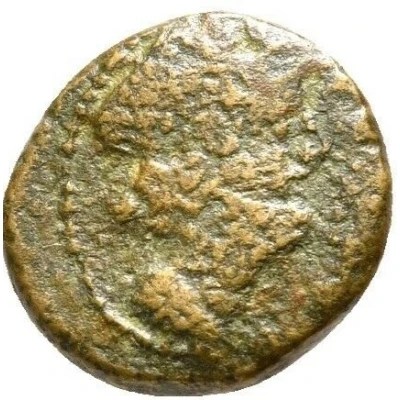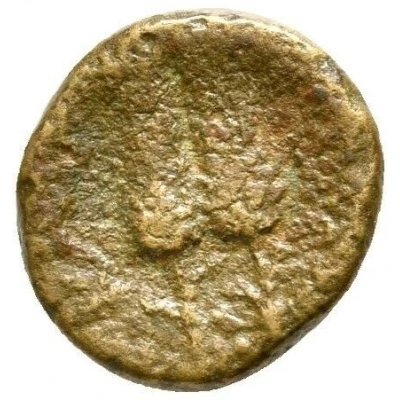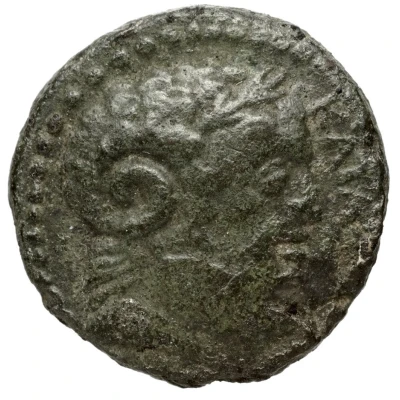


© Bibliothèque nationale de France
Hemilitron 200 BC - 50 BC
| Copper | 10.95 g | 20 mm |
| Issuer | City of Catane (Sicilia) |
|---|---|
| Period | Republic (509 BC - 27 BC) |
| Type | Standard circulation coin |
| Years | 200 BC - 50 BC |
| Value | Hemilitron (½) |
| Currency | Litra |
| Composition | Copper |
| Weight | 10.95 g |
| Diameter | 20 mm |
| Shape | Round (irregular) |
| Technique | Hammered |
| Demonetized | Yes |
| Updated | 2024-10-06 |
| Numista | N#84297 |
|---|---|
| Rarity index | 95% |
Reverse
Dikaiosyne on the left, holding a scale and a cornucopia; three complex monograms in the fields; all within a circular gridiron
Edge
Rough
Interesting fact
The Hemilitron coin was used as a form of currency in the ancient city of Catane, which is now known as Catania, located in Sicily, Italy. The coin's design features the image of a horse, which was a symbol of strength and power in ancient times. The coin's name, "Hemilitron," comes from the Greek words "hēmi-" meaning "half" and "litron" meaning "litra," which refers to the coin's value being half that of a standard litra coin. Despite being made of copper, the Hemilitron coin was still considered valuable in its time and was used for everyday transactions.
